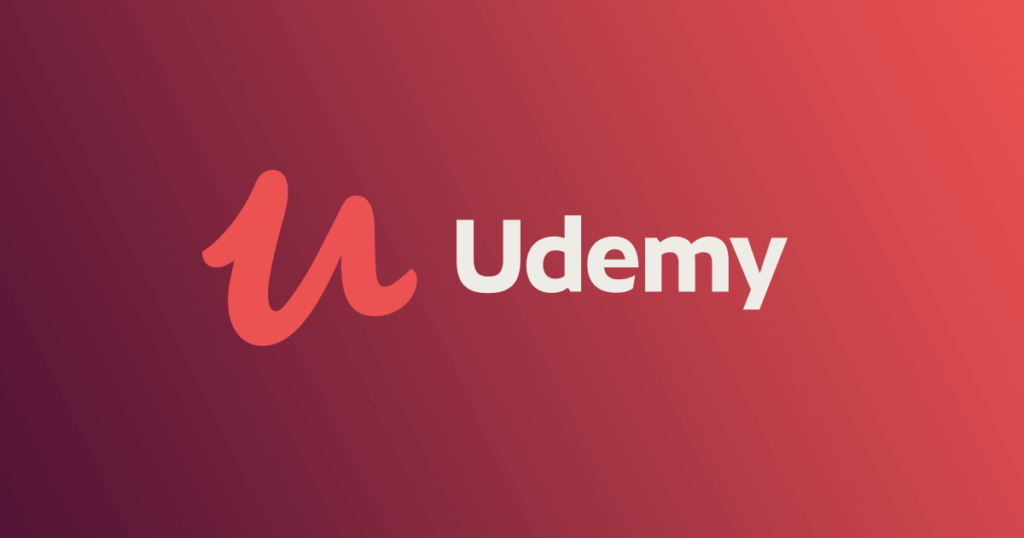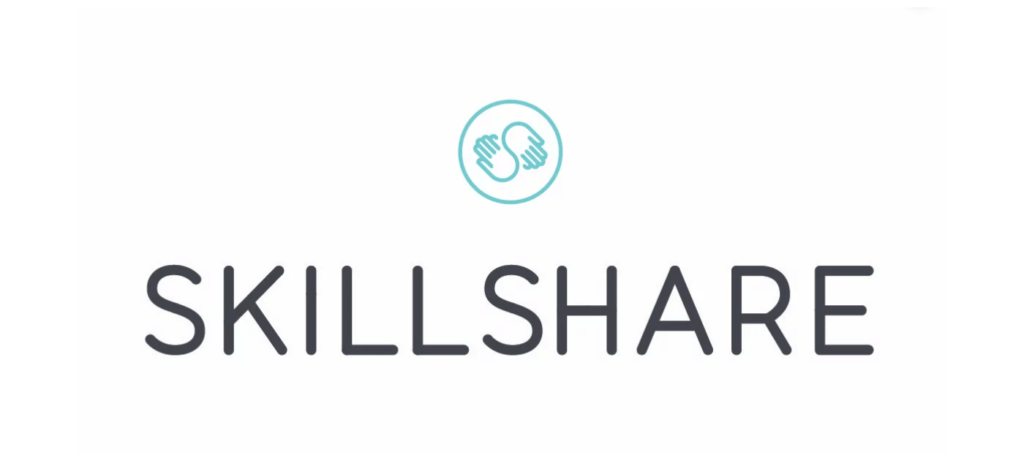When it comes to online learning, you have a lot of options. You can Google a quick answer. You can explore tutorials on YouTube. You can browse professional libraries and read scientific research. When you really want to go deep, you can get into online learning platforms. There are several big names in the industry, and two of the giants are Skillshare and Udemy.
These are powerful platforms with expansive libraries that offer to teach you just about anything you could possibly want to learn. The drawback is that they aren’t free. So, if you’re thinking about spending money on online learning, you want to make sure it’s worth the price. We’re going to go through both of these platforms and fully compare them so you can decide which is best for you.
A Quick Overview
Udemy and Skillshare are platforms designed to give users access to valuable learning resources that can help in the development of real skills. Whether your interest is at the level of a hobby or you’re trying to change careers, both platforms can help you get there.
Do you want to learn IT? How about a foreign language? Woodworking? Physics?
The platforms cover as many topics as they can, and each is developed enough to offer you far more information than you could process in a lifetime. Because the purpose of each platform is so similar, it makes sense to want to compare them, and the comparisons work well.
For the most part, the major divergences between Skillshare and Udemy are how they disseminate information, how you interact with the platform, how you pay for the service and a few inherent strengths and weaknesses on each side.
We’ll go over all of these major differences together so you can decide which suits your situation, preferences and goals.
How Courses Work
The best way to start dissecting these platforms is to start with the course structure. Both platforms organize content into courses. A given course can cover a ridiculous range of ideas, so let’s use a simple example. Let’s say you want to start learning Python (a coding language), and you have no background in it.
Both Udemy and Skillshare offer introductory courses to Python. In fact, they have more than a few. As you browse the two platforms to find the right first course, you’ll notice a few things. Courses have reviews and ratings. They also list the level of investment you can expect, and this highlights the first major difference.
The Udemy courses are going to be organized by popularity (unless you adjust the search filters). When you investigate a course, it’s going to give you a price, an overview of the topics covered and a breakdown of the educational resources. This will usually be a number of lectures and possibly some supplemental materials — like practice problems.

On Skillshare, the courses are also organized by popularity, but the breakdown looks a little different. Instead of being broken down into learning segments, your course is going to have a total time listed. That’s the number of hours of direct instruction that are provided. Those are still likely to be split into lessons, but it leads into the major difference between Udemy and Skillshare.
Udemy aims to structure their courses as similar to a classroom as they can. Obviously, learning on your computer is different from going to a physical school, but the emulation is clear. Skillshare focuses much more on an independent learning style. While you still get lectures and direct education resources, Skillshare is closer to a self-paced, self-study program. This difference is highlighted in every facet of how these platforms disseminate information.
The Bottom Line. You’ll find that a given course largely covers the same information with either platform. Udemy is structured more like a traditional classroom. Skillshare forsters a little more independence in your learning. It’s up to you which you like better.
The Payment Plan
The most overt difference between Udemy and Skillshare is how you pay for courses. Udemy uses an ad hoc payment scheme. If you want to take a course, you buy the course and get unlimited access to it. If you want to take another course, you pay that course’s fee and so on.
With Skillshare, you pay into a subscription model. If you pay the monthly fee, you get access to all of their content. The subscriptions do come in varieties (you can save money by paying for a whole year at a time), but the concept is consistent. As long as you’re a subscriber, you get unlimited access.
This highlights the first distinction. For one up-front fee, you can revisit a Udemy course as many times as you like. You are purchasing the content — not renting it. With Skillshare, if you stop subscribing, you lose access.
So, conventional wisdom says that Udemy is better for a few courses and Skillshare is superior if you want to learn a whole lot all the time. This isn’t wrong, but it is a little shortsighted. The payment models impact more than just your wallet.
In general, Udemy offers higher earning potential to instructors and course creators. This allows them to attract some incredibly high-quality instructors, and that is reflected in their most popular classes. Of course, not all courses will be equal, and some Udemy courses are clearly inferior to others, but with the best-reviewed courses, Udemy will sometimes outshine Skillshare in quality.
This does not mean that Udemy is better than Skillshare across the board. It just means that paying for premium content might sometimes be worth it.
There’s another issue to understand. Udemy is famous for its sales. If you keep your eyes open, you can find a lot of free courses. You can find even more courses that are extremely discounted. Elite instruction that usually goes for hundreds of dollars will sometimes be discounted to $15 or even $5. Shopping the sales matters with Udemy.
The Bottom Line. The price point for Skillshare is much easier, simpler and more consistent. If you put the effort in, you might be able to make Udemy the better bang for your buck, but it ultimately falls on your shoulders.
Topics
Both platforms cover an extremely wide variety of topics. That said, they have their strengths and weaknesses in terms of what you can learn.
Let’s start with Skillshare. You can learn Python on Skillshare. That wasn’t a made-up example. In fact, you might be able to master Python through Skillshare, but Python classes are not displaying the true strength of Skillshare. For whatever reason, Skillshare gained popularity with creativity instructors first, and that content is much more developed on the platform.

If you want to learn photoshop, crafting or anything in the creative space, Skillshare is amazing. It has mountains of curated content. It’s almost like someone went through every DIY video on YouTube and recruited only the best creators for Skillshare. Then, they gave them a platform that is much better suited for teaching.
That strength comes with a weakness. Skillshare’s reserves of technical instruction are not as developed as what you can find on Udemy. If you want to learn strong STEM subjects, Udemy tends to outshine Skillshare. Maybe the traditional structure appeals to top-tier STEM educators. Maybe Udemy and Skillshare have inverted recruitment plans. It’s hard to say why, but this difference is evident.
Now, no one is saying that technical courses on Skillshare are useless or that Udemy completely lacks creativity courses. You’ll find both platforms adequate. But, if we’re going to honestly compare strengths and weaknesses between the two, this is the most common point of agreement among students.
The Bottom Line. Udemy seems better suited for technical learning while Skillshare shines in creative spaces.
Creating Courses
Some of you reading this might think you have knowledge worth sharing, and you wonder which platform you should consider. Even if you’re not in that boat, understanding the differences in course creation is informative and can help you make a decision.
For the most part, a course on either platform is going to consist of video lectures and whatever supplemental resources you choose to provide (such as practical/practice lessons). Your freedom in how you deliver instruction is extremely similar across both platforms.
The real difference is in how an instructor is presented to students. Udemy has a big head start on Skillshare. The Udemy library is larger, and there are more instructors on the platform. This makes it a lot harder for a new instructor to find visibility. There are ways to promote on Udemy, but you’re going to have to invest more time and/or effort to get people to find your Udemy course.
With Skillshare, you already have increased visibility. That can be very enticing for new instructors, and it can make the barrier of entry into Skillshare a little lower.
As was mentioned earlier, the earning potential on Udemy is ultimately higher. The subscription model for Skillshare still pays a course instructor by the popularity of their course, but the amount paid per student is typically a lot lower. If you have a $200 course on Udemy and it’s popular enough that students are willing to pay that price, then you have a cash cow. But, if you can’t overcome the visibility issue, you might find a course on Skillshare pays better.
The Bottom Line. The competition on Udemy often leads the most popular courses to be very high in quality. A new instructor might find Skillshare more accessible, but if you want to wade into the competition, Udemy holds the potential to pay a lot more to instructors.
Crossover
When you see how instruction is incentivized, it’s easy to come to the not-so-secret conclusion. A lot of instructors are going to post content on both sites. It’s the best way for them to diversify and reach a larger audience.
The not-so-secret secret is that a lot of courses are available on both platforms. We’re not talking about similar courses (which also exist). You can find identical content on both platforms, and the instructors double posting are sometimes the most renowned names in an industry. Google coders and Pixar animators have courses on both sites, and some of them are perfectly identical.
You may find more technical content on Udemy and more creative content on Skillshare, but the real decision you have to make is how you want to interact with your learning platform. The interface is different for each, and it is probably best that you experiment with each to see if you have a strong preference.
The Bottom Line. A lot of the best courses exist on both platforms, and over time, the crossover is likely to grow.
Which Is Better?
We’ve covered the pros and cons of each of these platforms pretty thoroughly. You should have an idea of which sounds better to you, but there’s a final point that has yet to be made. You don’t have to pick one. Skillshare has a pretty low pricing barrier. You can keep that subscription and still shop the Udemy sales, giving you affordable access to both platforms.
Better yet, you can take advantage of free promotions. You can go with a free trial on Skillshare and explore a few free courses on Udemy. You can decide first hand if you prefer one platform. If you don’t think there’s a clear winner, divide your time and money as you see fit.
The true, ultimate advantage of internet learning is that it’s all at your fingertips. You don’t have to be a Skillshare or Udemy loyalist. Instead, take advantage of everything and enjoy learning whatever knowledge you seek.





